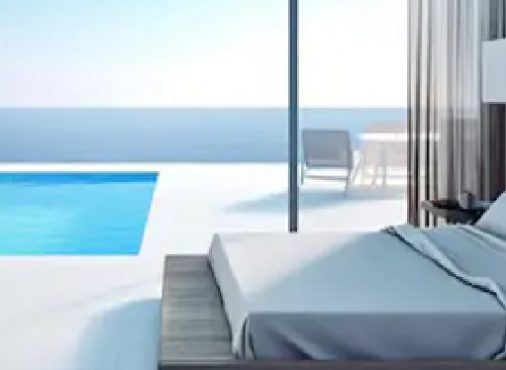Let’s get real—mental health is no longer a hush-hush topic. It’s out in the open, and there’s no reason it shouldn’t be. But while we’re busy talking about meditation apps, therapy, and self-care routines, we often overlook something fundamental: our surroundings.
Yes, our environments greatly affect how we feel. No, it’s not just about walls and windows. In a world where mental health is as vital as physical health, it’s the air we breathe, the light we soak in, and the community around us that play a crucial role in shaping our mental and emotional state.
Let’s dive into how mindfully designing our living spaces can significantly elevate our mental health:
-
Nature’s Touch in Urban Spaces
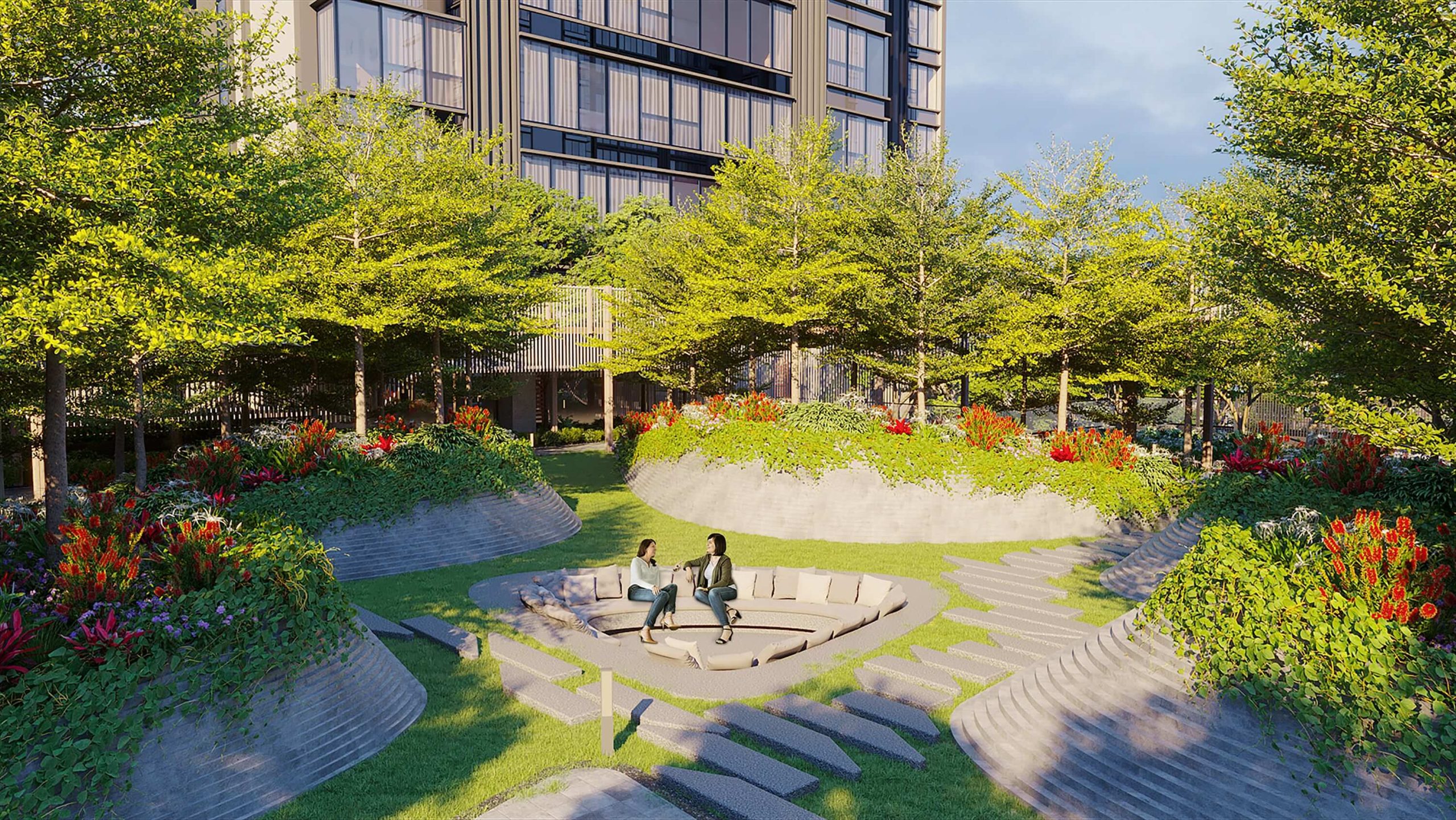
Ever strolled through a park and felt instantly calmer? Your heart slows, your breathing eases—it’s not magic, it’s nature at work.
As cities expand rapidly, green spaces are often the first to go. Yet, even small touches—like a rooftop garden, a tree-lined street, or a communal lawn—can make a significant difference.
Imagine a home where nature surrounds you, where gardens and water features aren’t just aesthetic but essential for your daily mental reset. These natural havens provide an escape from the urban grind, offering serenity in the midst of the city’s bustle.
-
Community: Your Mental Health Ally
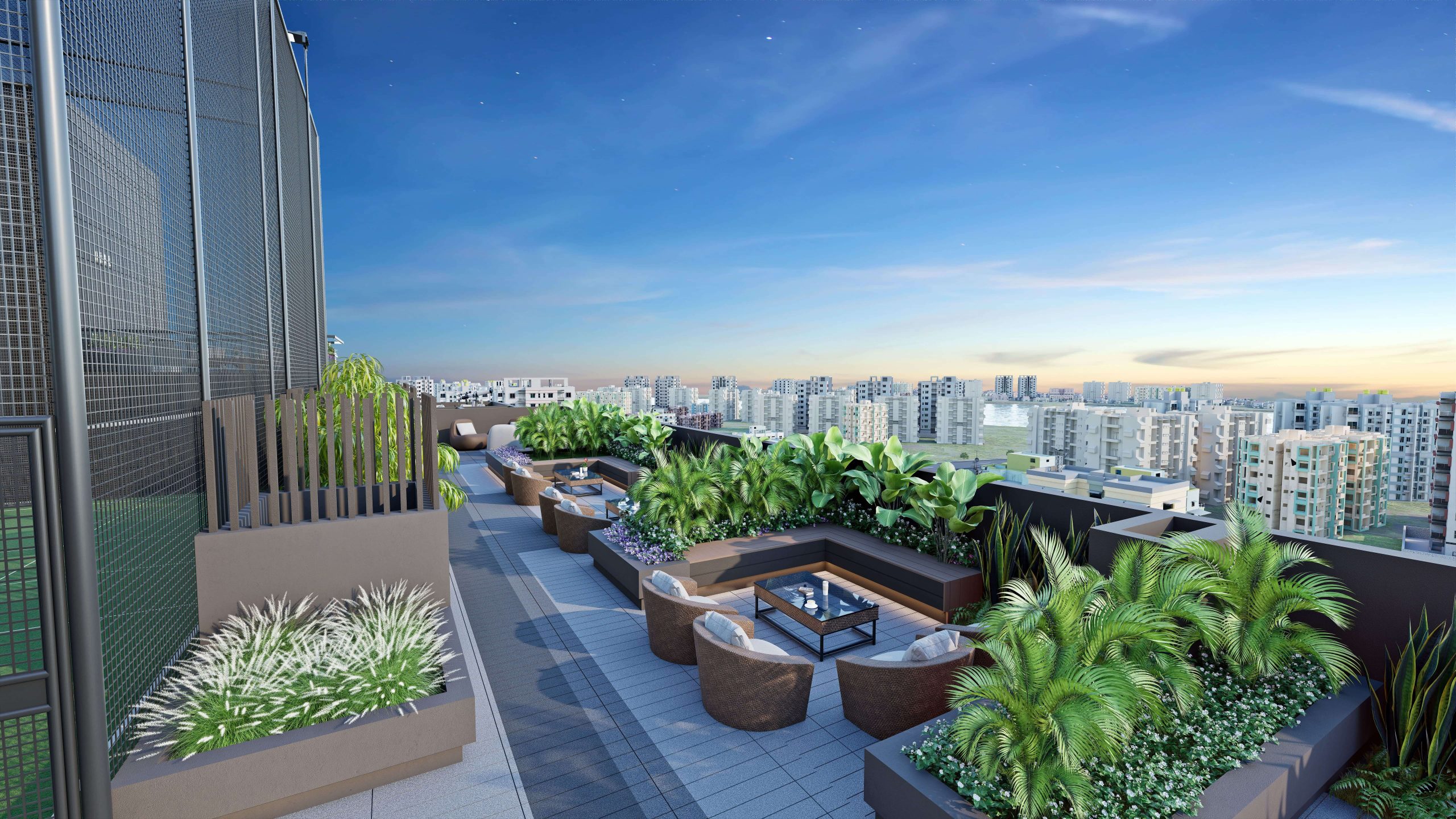
Isolation is common, even in crowds. Long working hours, excessive screen time, and urban pressures leave many feeling disconnected. A close-knit, supportive community is a powerful antidote to this loneliness.
Spaces designed to encourage interaction—whether through shared amenities, community events, or thoughtful layouts—can foster meaningful connections. Neighbour-friendly spaces help build relationships and offer a reliable support system for life’s ups and downs. With people to lean on, challenges seem less daunting.
-
Movement: A Natural Mood Booster
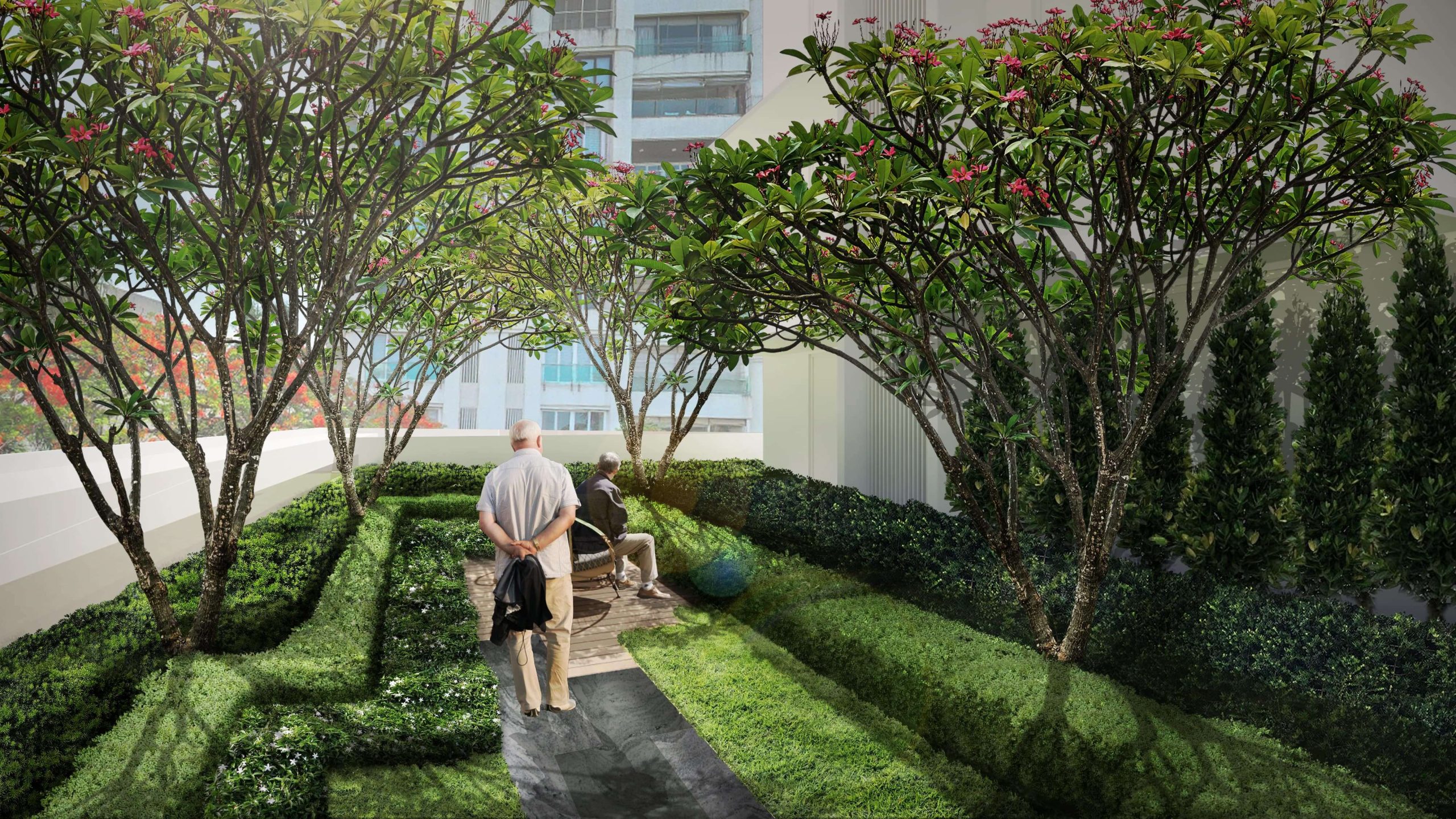
Exercise is a natural antidepressant. A natural mood enhancer, it releases endorphins that reduce stress and anxiety. Yet cramped, uninspiring living spaces can deter movement.
Homes designed for an active lifestyle solve this problem by incorporating features like walking trails, sports courts, playgrounds, and even senior-friendly pathways.
-
Digital Detox by Design

With screen time at an all-time high, the mental strain of constant digital engagement is undeniable. Too much screen exposure affects sleep, concentration, and emotional health. The right living environment can naturally encourage a digital detox.
Imagine cosy reading corners by sunlit windows, community areas that encourage face-to-face interactions, or serene outdoor spaces perfect for sunset watching. These features inspire real-world engagement, pulling you away from the digital distractions and offering a much-needed mental break.
-
Workspaces That Work for You
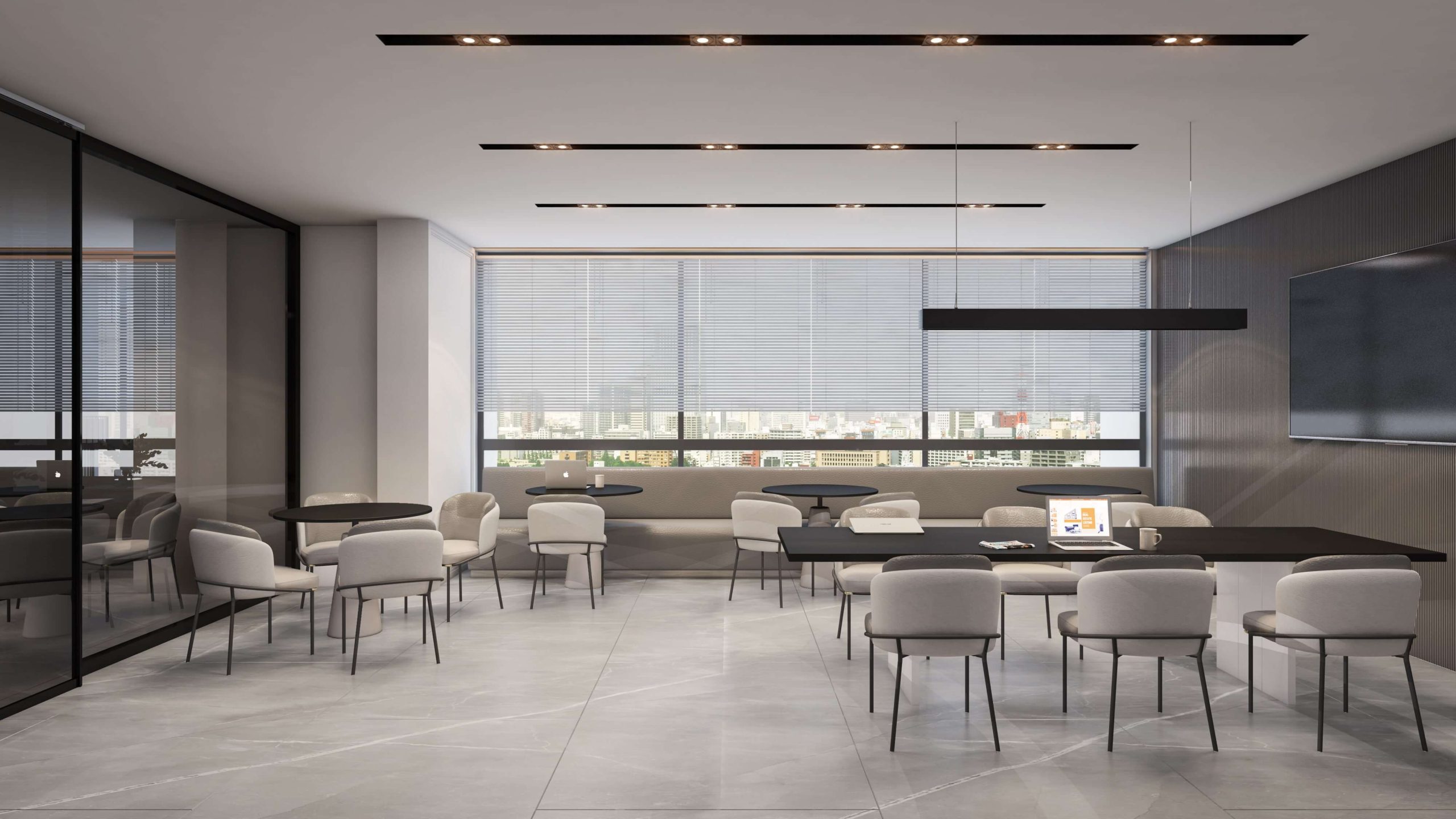
Work-life balance is tricky enough, but when your workspace adds to your stress, it becomes even more challenging. Traditional office environments and long commutes can take a toll on mental health. However, mindful workspace design can change that.
Consider offices with rooftop gardens or abundant natural light located close to home to reduce commute time. Such spaces not only foster productivity but also offer a sense of respite from the pressures of work.
-
Colour Psychology in Living Spaces
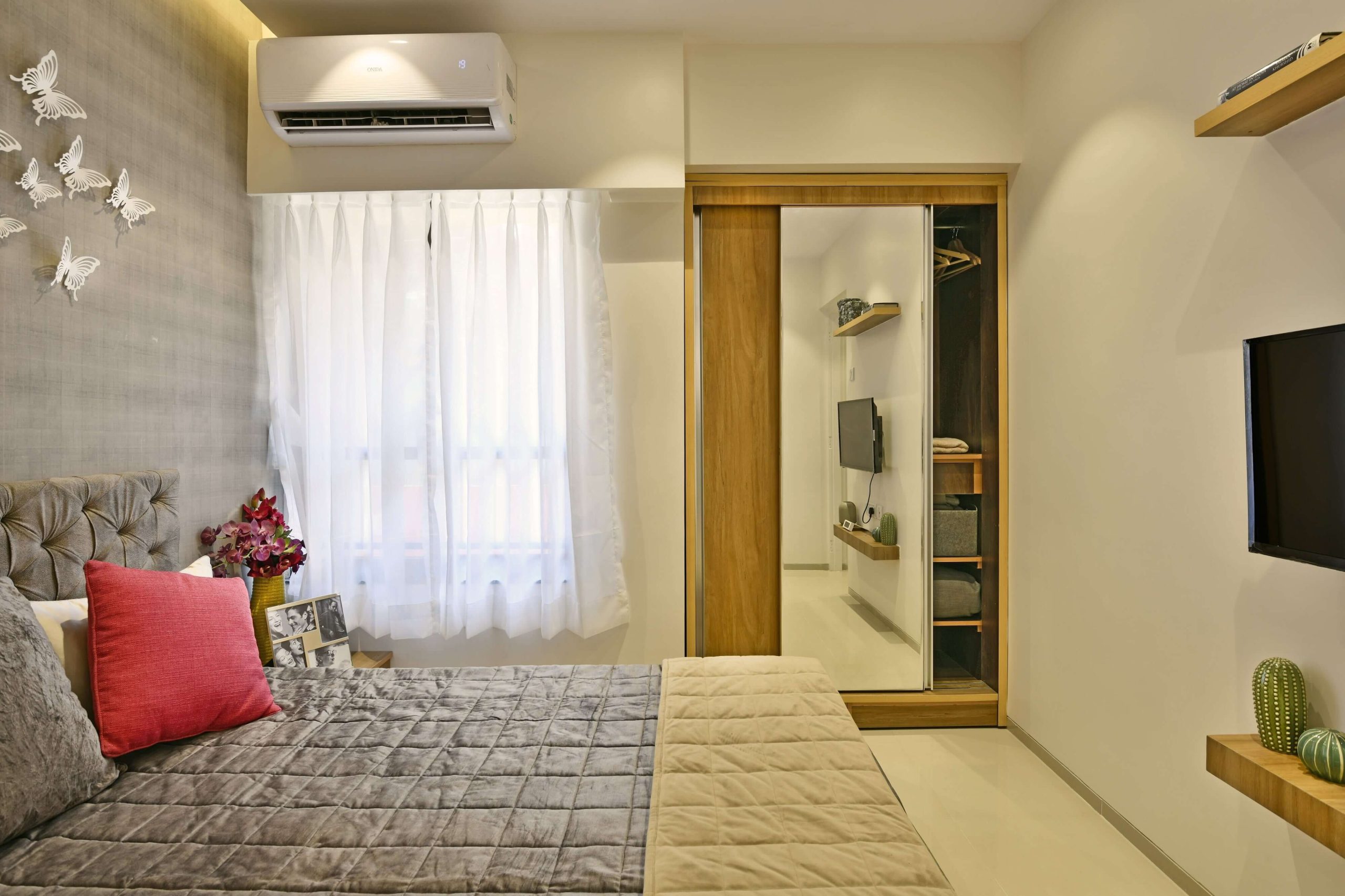
The colours in our homes have a profound impact on the way we regulate our emotions. Soft blues are calming, greens bring a refreshing energy, and warm yellows invigorate. Thoughtful colour choices can enhance mood and set the tone for daily activities.
In bedrooms, calming hues like blues and muted pastels help create a restful atmosphere, promoting better sleep. In workout spaces, energising shades such as bright oranges or yellows can increase motivation, while balanced palettes in living rooms foster relaxation and encourage social interaction.
-
Acoustic Design for Mental Peace
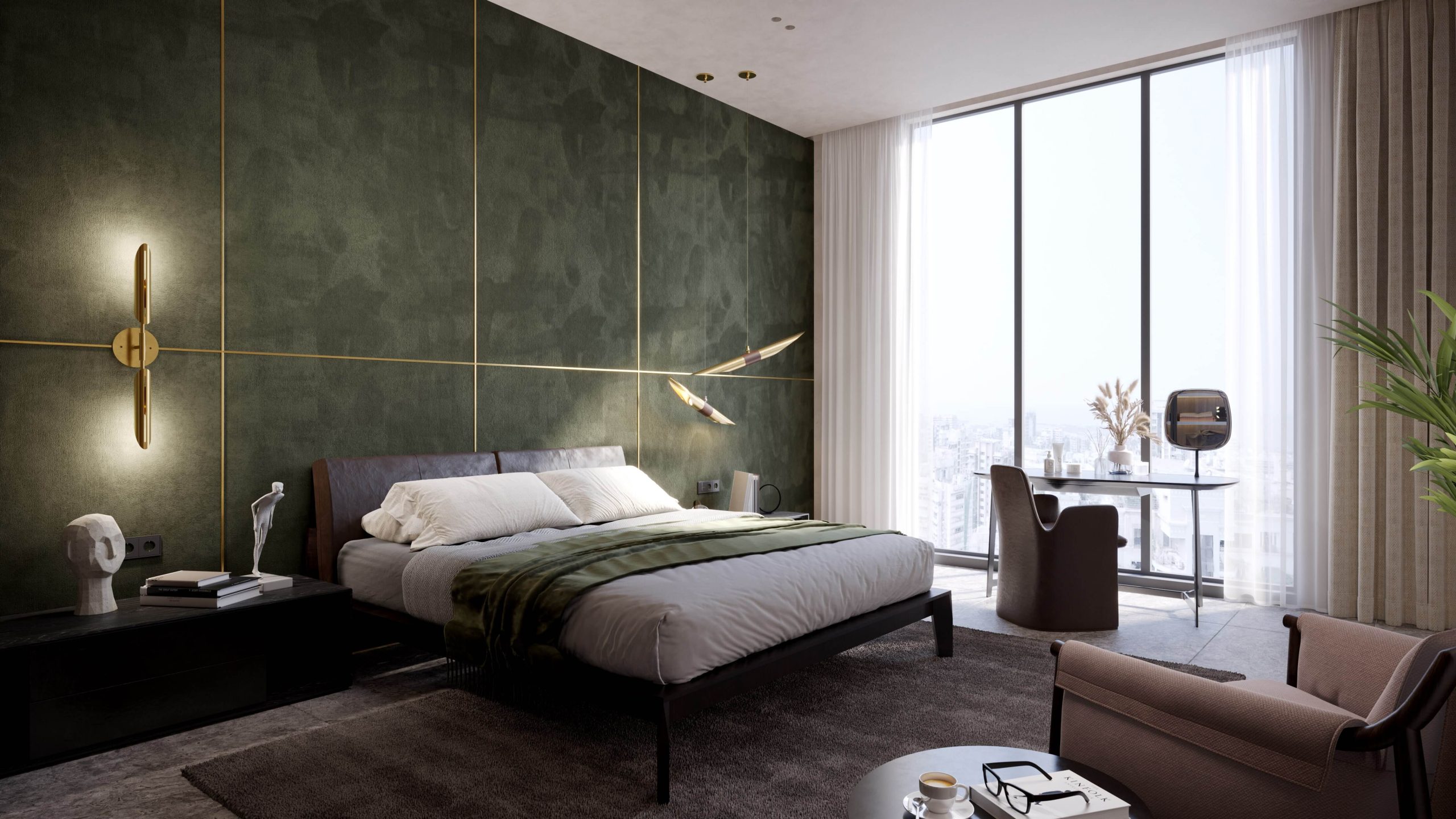
Noise pollution is a silent stressor in modern living, making acoustic design a key aspect of mindful homes. Sound-absorbing materials like carpets, curtains, and soft furnishings can significantly reduce noise levels, creating a peaceful environment.
Strategic room layouts, along with noise-reducing windows, also help to block out unwanted sounds. Incorporating calming elements like water features or white noise machines can mask disruptive sounds, creating a soothing auditory backdrop.
-
Lighting: More than Just Illumination
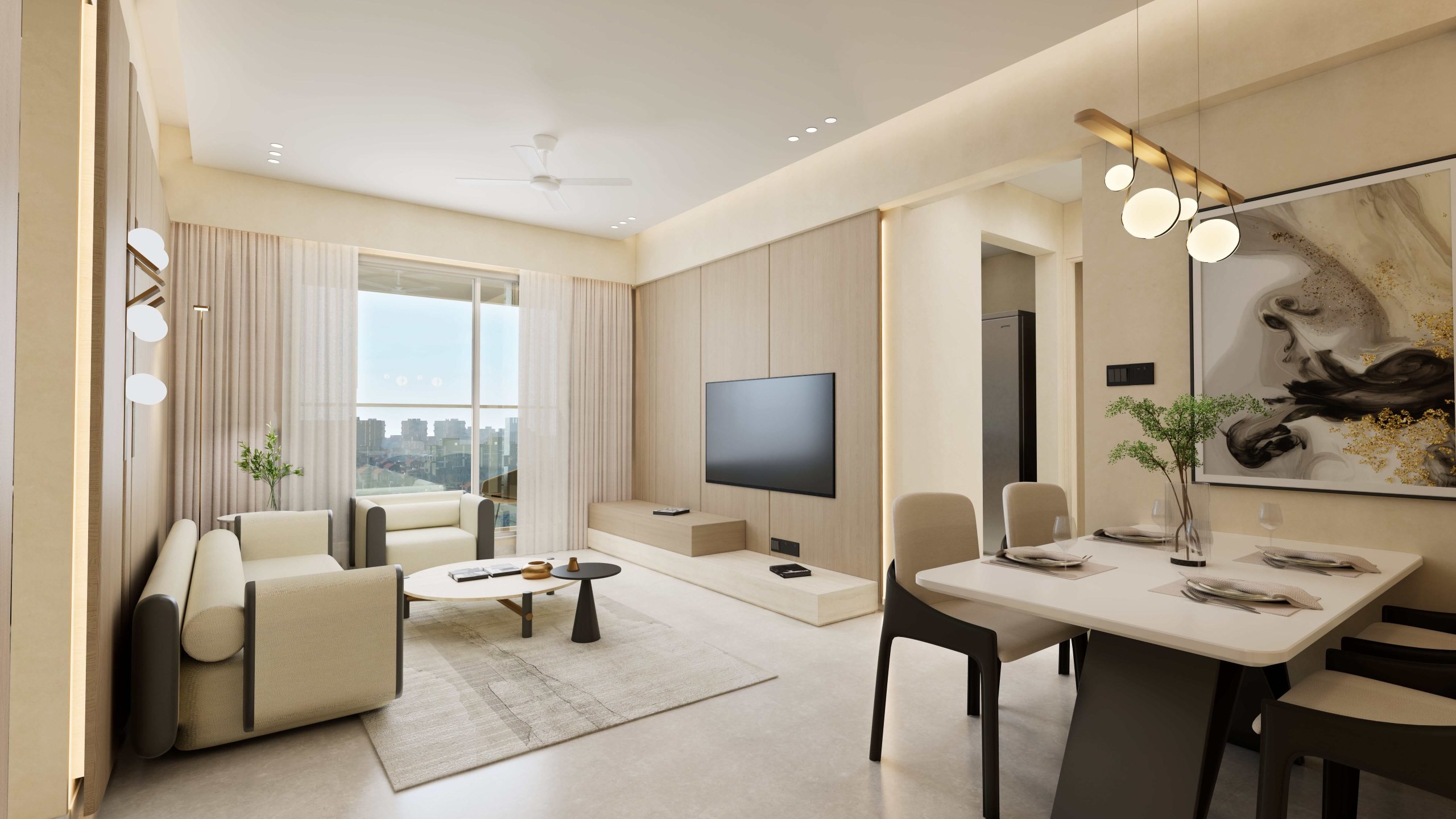
Lighting plays a significant role in shaping the mood and functionality of a home. While natural light is ideal, it’s not always available in every room. Smart lighting systems can bridge this gap by mimicking natural light patterns, enhancing both mood and productivity.
For workspaces, bright, cool lighting helps increase focus and alertness. In contrast, warm, dim lighting in the evenings encourages relaxation, signalling to the brain that it’s time to wind down.
-
Biophilic Design: Bringing Nature Indoors
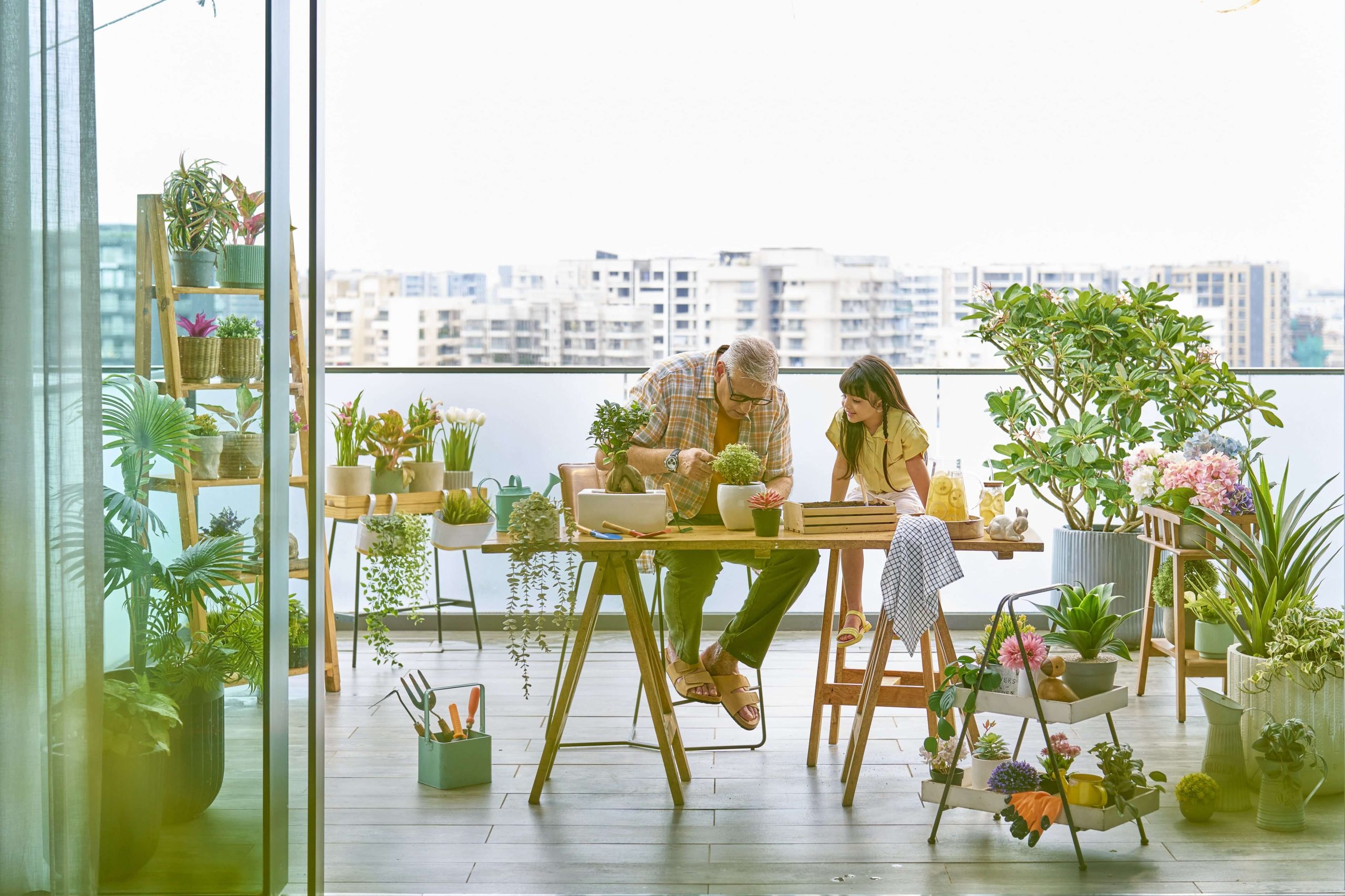
The biophilic design taps into our innate need to connect with nature by bringing natural elements into our indoor spaces. It’s about more than just adding potted plants—think living walls, natural materials like wood and stone, and organic, nature-inspired patterns.
Incorporating these elements enhances the aesthetic appeal of your home, reduces stress, improves air quality, and boosts creativity.
-
Social Spaces that Really Connect

Thoughtful social spaces encourage meaningful interactions and build a sense of community. Rather than creating generic common areas, consider designing spaces with specific purposes in mind.
For instance, a cosy mini-library can host book clubs, a well-equipped kitchen can serve as a hub for cooking classes, and shared green spaces can be the setting for community gardening. These thoughtfully designed social spaces provide opportunities for like-minded individuals to connect and share experiences.
Rustomjee: Your Partner in Mindful Living
At Rustomjee, we recognise that a home is more than just a place to live—it’s where you recharge, grow, and find peace. Our properties are built with your mental well-being in mind, integrating elements that promote a balanced, healthy lifestyle.
With open layouts that welcome natural light, green spaces that reconnect you with nature, and areas dedicated to movement and relaxation, Rustomjee’s designs are thoughtful and intentional. Our communities offer everything from rooftop retreats to playgrounds, walking trails, and pools, ensuring that every resident, regardless of age, has access to spaces that promote well-being.
When you choose Rustomjee properties, you’re not just selecting a roof over your head—you’re investing in a lifestyle that prioritises mental health, emotional well-being, and overall happiness. Let us help you create an oasis of calm in a hectic world and make your home a true sanctuary.





